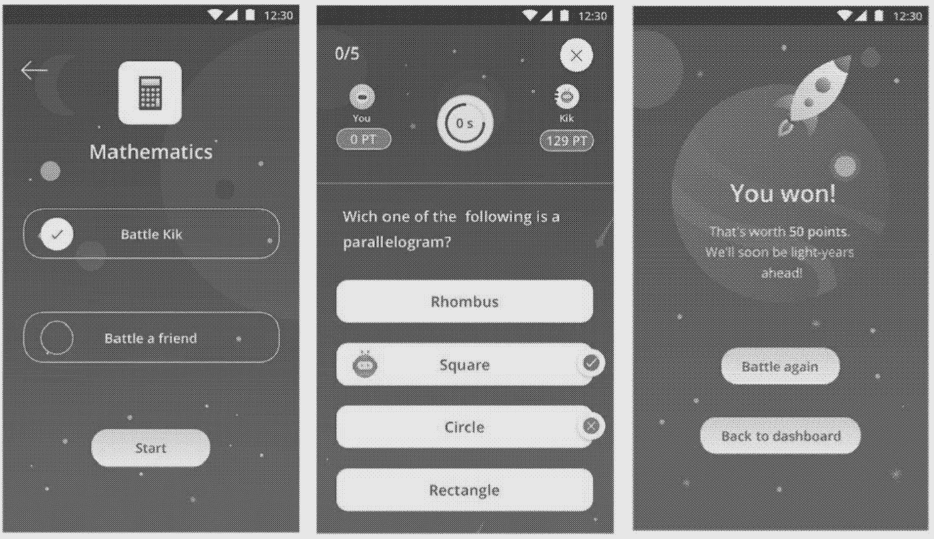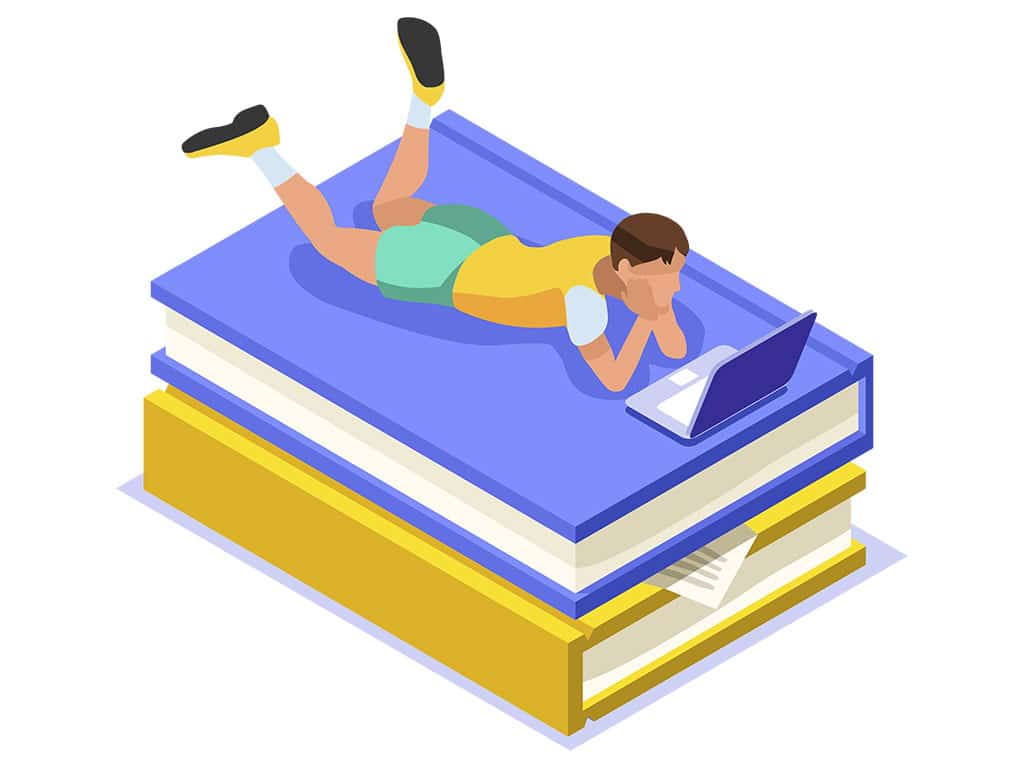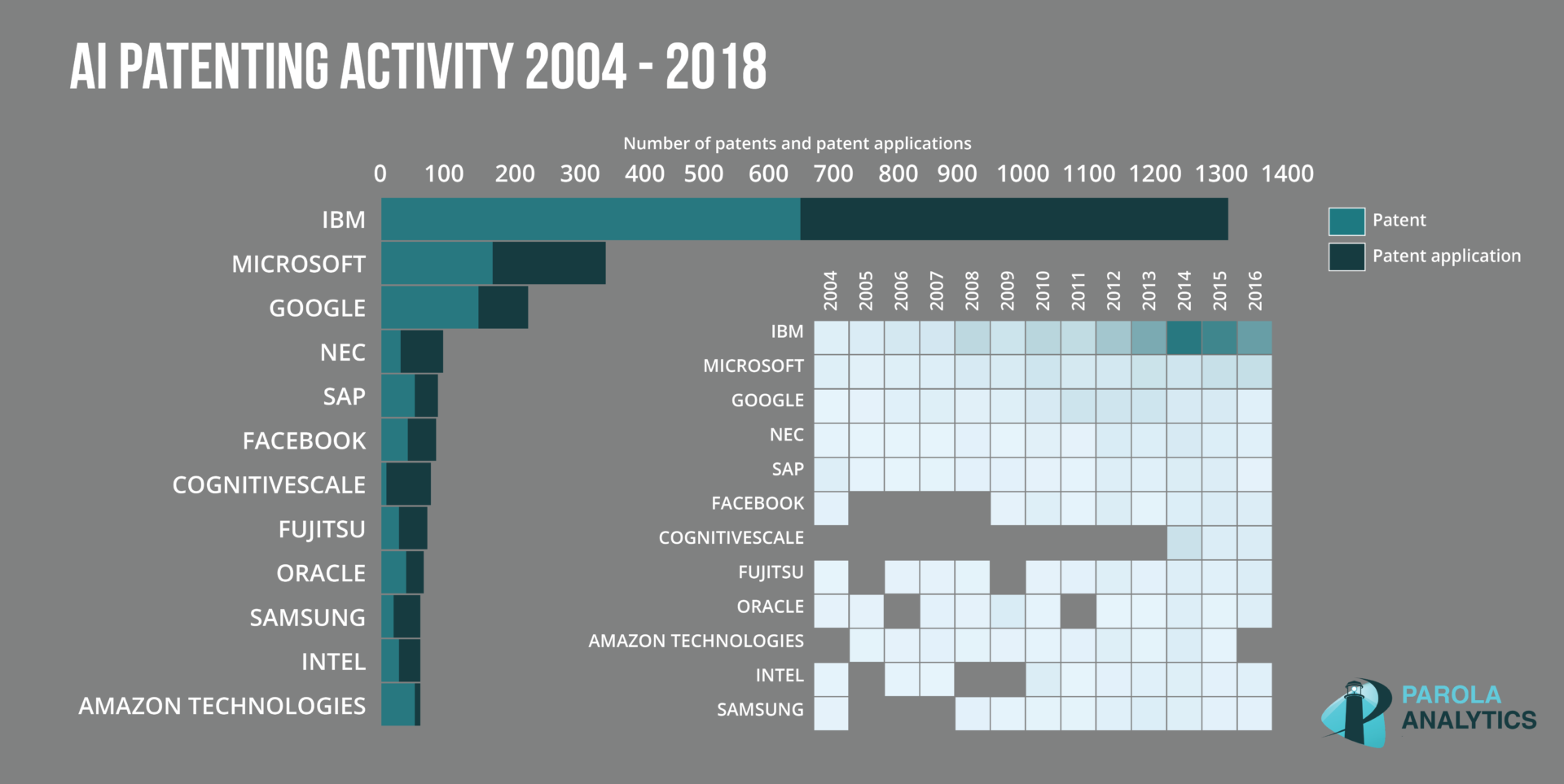A patent application from London-based Pearson Education describes an interactive learning method that pits students against artificial intelligence or classmates in a quiz. The publisher-turned-education services company says the skill testing feature would be included in its Quikik app, a children’s learning tool.
The COVID-19 pandemic in 2020 kicked into overdrive the slow adoption of technology in classrooms, especially in developing countries. Learning was forced to be done remotely that exposed the reality of how unprepared teachers and students were.
Regardless of the pandemic, remote learning is here to stay. There is an urgent need for new ways of teaching: those that leverage technology for the benefit of students instead of merely digitizing the classroom implements. Pearson’s USPTO filing is an approach to gamify education that is meant to increase students’ motivation and engagement. While the jury’s still out regarding gamification’s supposed advantages, the method put forth by Pearson could generate further insight into game-based learning: whether or not it improves the academic performance of remote primary or middle school students.
Pearson’s electronic learning system is claimed to add gamified events to a subject’s curriculum. Users can compete with each other or against an AI, and every challenge awards points that go toward a student’s completion of a curriculum.

[From left to right] An illustrative challenge start screen, question screen, and win screen that may be displayed as part of an e-learning system’s UI, per an embodiment of Pearson’s invention.
Though Pearson’s Quikik app is used to teach math, the patent application mentions how the interactive learning method may be applied to other subjects. The system allows students to progress through a curriculum by having them complete assessments and view text- or video-based instructional learning materials. Students may go through the materials at their own speed, calculated and optimized by the e-learning system itself.
Optimization may be carried out under a test-learn-apply learning progression framework, in which students “test” their baseline knowledge, “learn” via a series of topic-based instructional materials, and “apply” what those teachings in assessments and/or practice questions. The framework appears to be built around the forward testing effect that helps students absorb and retain new information better than restudying.
The method Pearson is patenting incorporates another mechanism by which academic performance may be enhanced: competition. Students can take timed assessments simultaneously and vie for top scores. Winning or losing a challenge awards points that the system uses to track users’ progress in learning a given subject.
Pearson says student activity may be monitored and stored in a database. An AI could then use the information to learn more about each student, and how the curriculum may be adjusted to their needs.
Another possible inclusion to the e-learning system is a help feature, designed to assist users with questions. A student may submit a question via the application, which automatically generates or retrieves the solution. Alternatively, the app may send the question to a teacher or tutor.
Pearson’s interactive teaching method serves as an attempt to advance digital learning against the backdrop of a global pandemic. It employs gamification, forward testing, and competition as a way of capitalizing on computers and the internet in ways and on a scale that academic institutions have not done, but are now compelled to do.
The featured patent application, “Systems And Methods For Interactive Electronic Learning”, was filed with the USPTO on March 11, 2021 and published thereafter on September 16, 2021. The listed applicant is Pearson Education, Inc. The listed inventors are Ujjwal Singh, Martha J. Revenaugh, Richa Singh, Manik Kakar, Nancy Elizabeth Moore.






